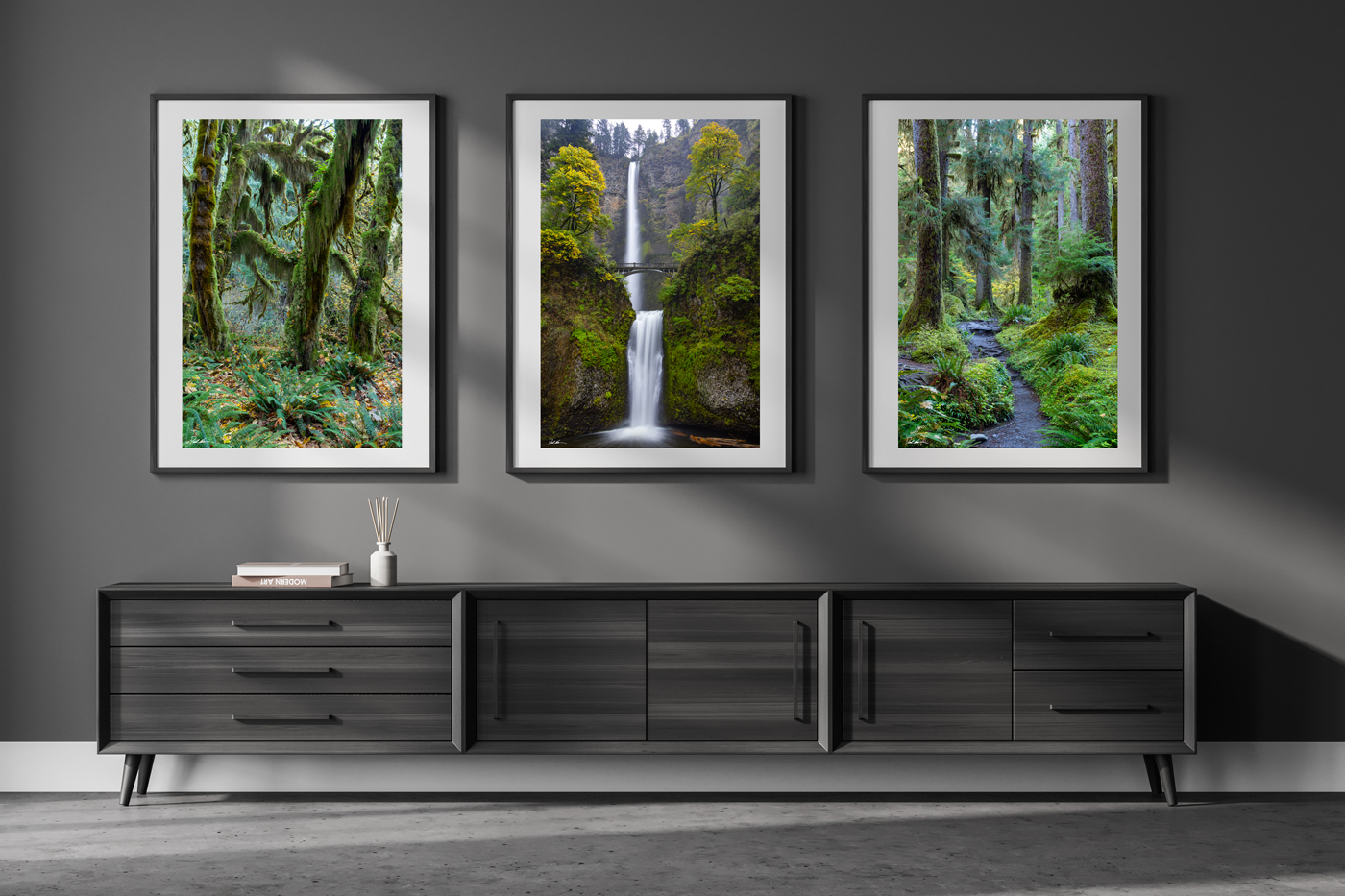
Pacific Northwest photography has always intrigued me. The lush green colors, rugged coastlines, and impressive mountains are a playground for photographers. There is a moodiness to the entire region. Moreover, there is a spiritual connection to nature by its residents, both Indigenous and nonnative. I came here on assignment while shooting a documentary. So far, no other place in the United States has had such a big impact on me, and I want to share with you the fine art images, the stories behind them, and why my first time in this special place will stick with me for a lifetime.
Olympic National Park Photography
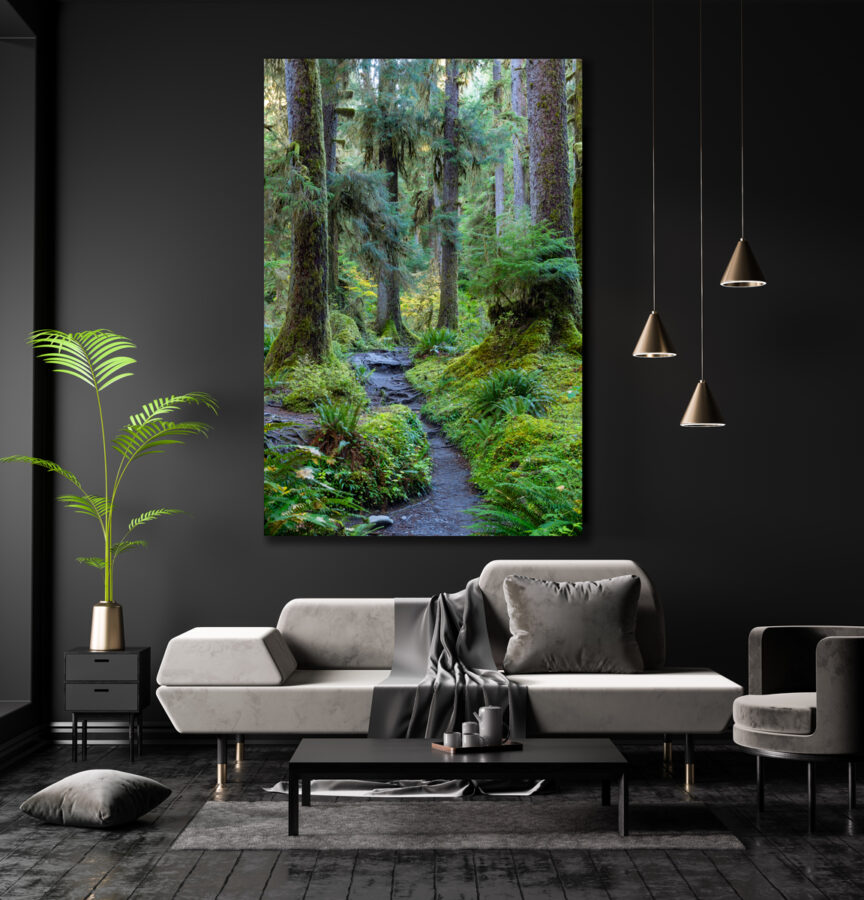
Washington state has some of the most unique landscapes, including three national parks. Olympic National Park is the state’s largest wilderness area, covering over 900,000 square miles, 73 of which are rugged Pacific coastline. Since 1990, an average of 3 million people have visited the park each year. Something that stuck with me, and I imagine sticks with most visitors, is the intoxicating sweet smell of the forest. Because of its immense size, I will focus on the top three popular regions: Sol Duc River Valley, The Hoh Rainforest, and the rugged Pacific coast.
Sol Duc River Valley Photography Locations
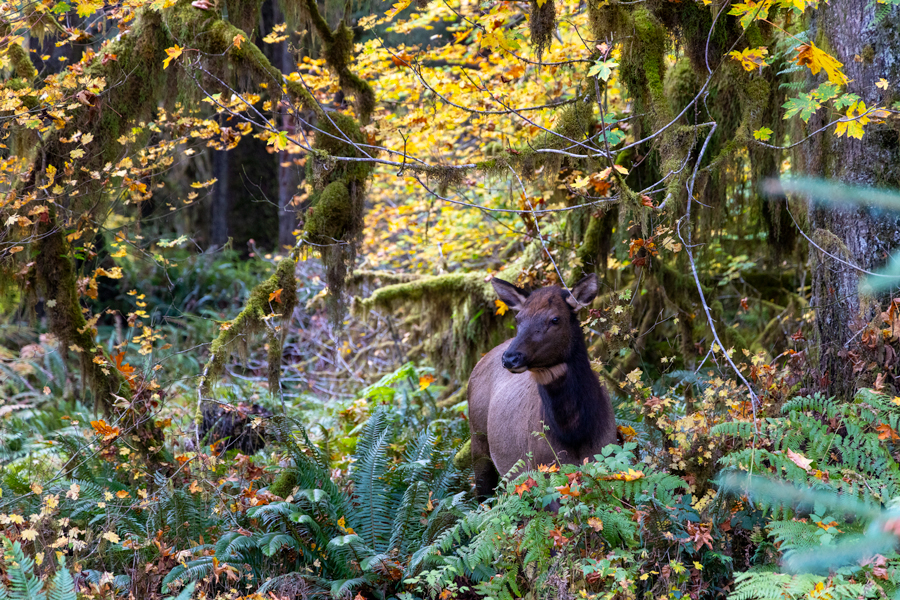
Home to one of the most famous waterfalls in all of Washington State, the Sol Duc Falls, this area has an abundance of great features. Enter off Highway 101 on the North end of the park. This drive will take you past the Aurora Ridge Trailhead, Salmon Cascades Overlook, North Fork Trailhead, and Ancient Groves Trail before terminating at Sol Duc Falls Trail. Pine trees engulf the region’s lowland forest ecosystems. Towering Douglas Fir, Western Hemlock, and Sitka Spruce extend straight up out of the ground, some reaching over 30 stories. Standing next to them makes you feel so tiny. Trees as wide as two cars living nearly a thousand years old certainly challenge your perspective on life.
Sol Duc Falls
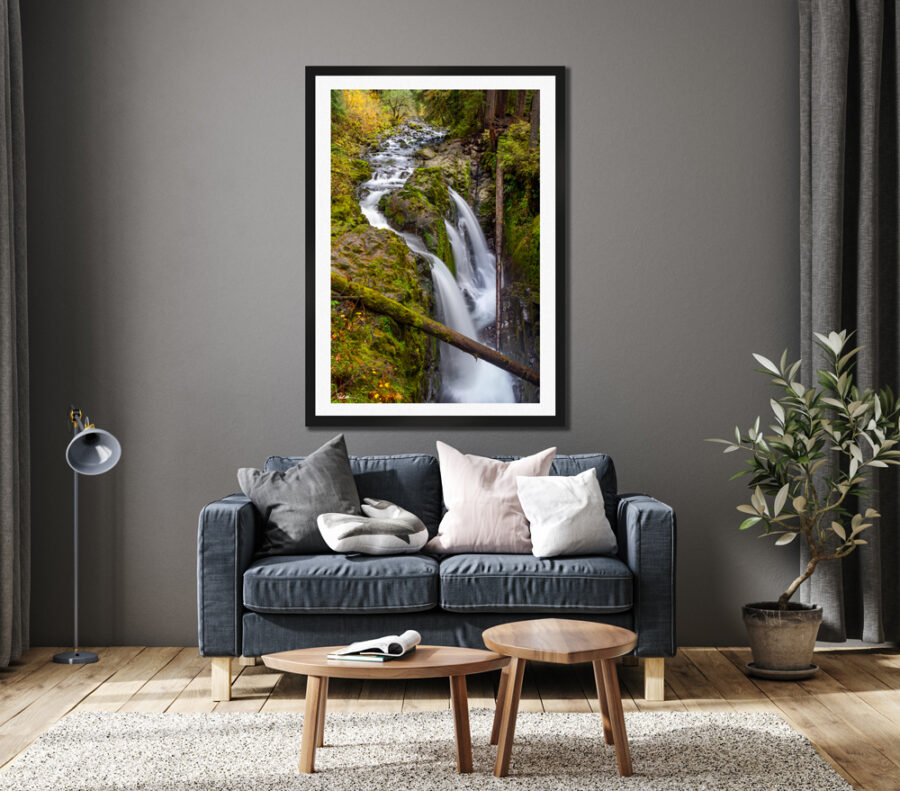
The mesmerizing Sol Duc Falls is at the end of an awe-inspiring hike and a key feature of the Sol Duc River. After following the entrance road all the way to the end, a parking lot is found at the start of the hike. In the grand scheme of hiking, this is a relatively short one but is saturated with beauty. The hike starts out in the ancient forest with towing pine trees, some as old as 900 years. Varieties of fungi are found all along the path. Moss covers the trees while ferns decorate the forest floor. Even in fall and winter, the overwhelming amount of green dominates the landscape.
As you approach the end of the hike, a long bridge crosses a gorge. While standing on the bridge, one side looks over the impressive triple flow falls, pouring 48 feet down into the narrow canyon below. In contrast, looking in the other direction gives a dizzying view down the entirety of the canyon with an equally beautiful view. Definitely continue on beyond this point and explore the river upstream or take a nice break for a picnic.
A landscape photographer looking for a quintessential Pacific Northwest photography image, set your tripod up on the bridge, shooting towards the falls. In my experience, the scene lends itself best to a vertical composition using the foliage as foreground and the meandering river to guide you to the background. Play around with the scene or arrive in the fall to get a different composition than most visitors.
Salmon Cascades Overlook
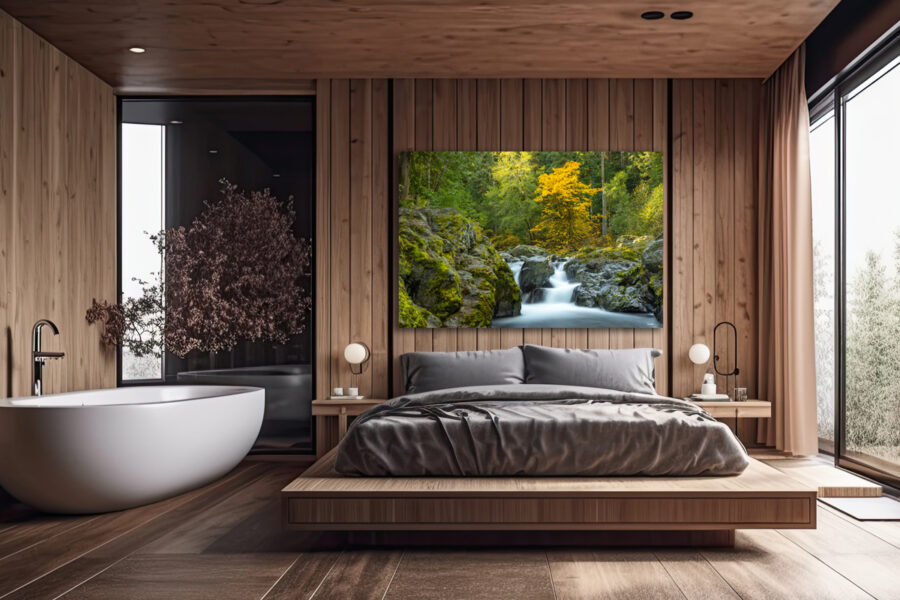
Because I was out in the Pacific Northwest filming a documentary on marine life, salmon were of great interest to me. Salmon are the lifeblood of the entire region. Countless species depend on them for survival, including us. About halfway through your drive to the end, a small parking lot will be on the right. A short walk will lead to an overlook where small cascading waterfalls lead through moss-covered rock. On the approach of the overlook, moving to the right will lead you down a small path to the river where, if present, salmon are seen gathering in pools before making their way up the falls to spawn.
Sol Duc Hot Springs
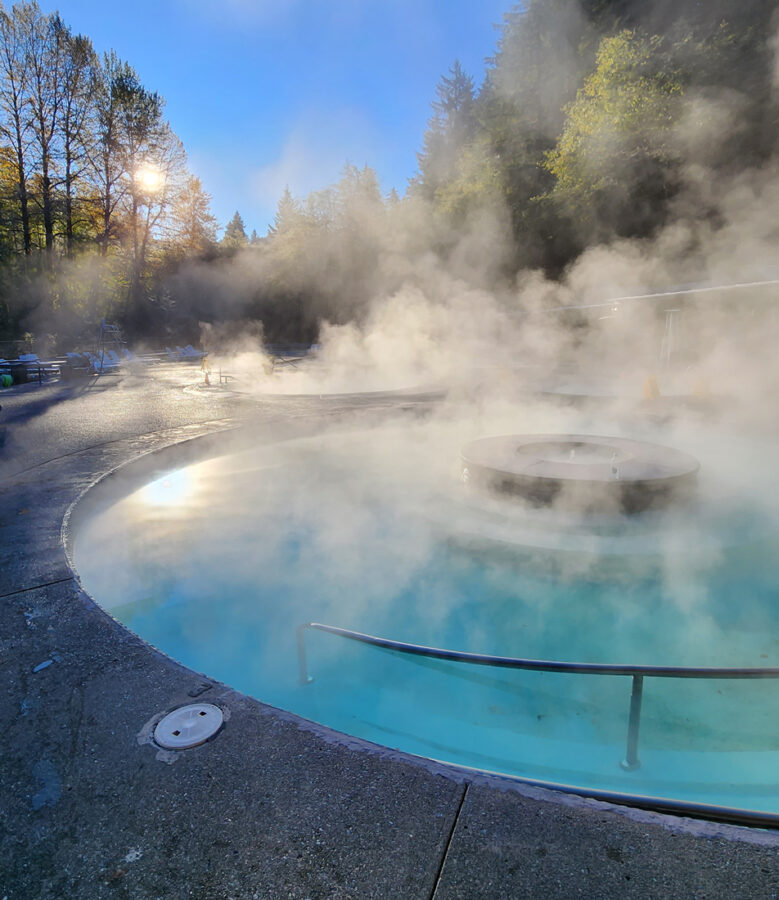
There may be no better way to spend your afternoon after a long moring hiking in a cool, damp forest than soaking in hot springs after. Located right before one of the two campgrounds, Sol Duc Hot Springs Resort has modest accommodations with a small convenience store, restaurant, and gift shop. The highlight, however, is the four pools of various temperatures and depths located behind the building. Reservations must be made to enter the pools. Lockers and showers are provided for your stay. Camping loops A and B, located a short walk from the hot springs, provide some of the most well-equipped scenic campgrounds I have ever stayed in. Reservations can be made at Recreation.Gov, and walk-ins are welcome.
Hoh Rainforest
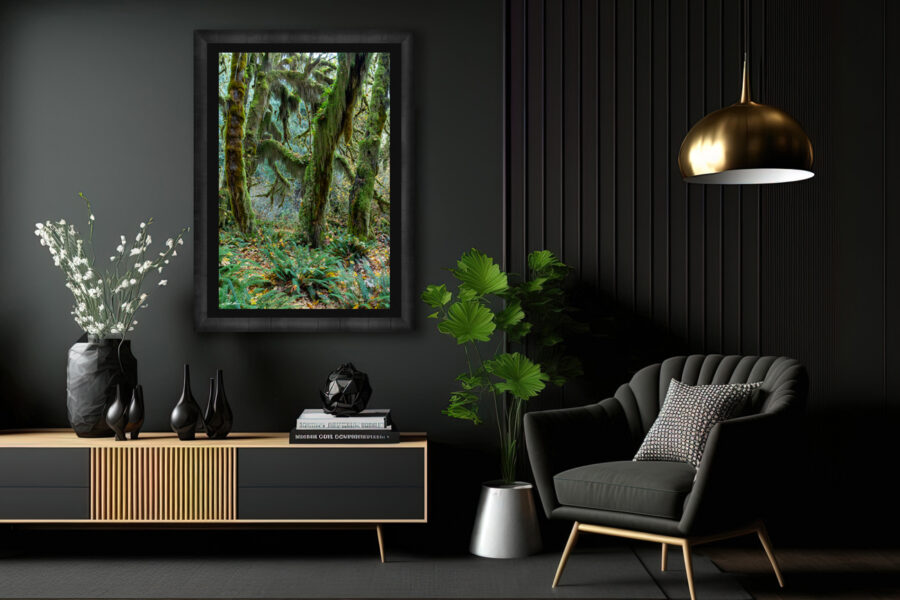
Few landscapes on earth are dominated by as much green vegetation as the Hoh Rainforest is. Receiving an annual average rainfall of 140 inches, this lush landscape is the ideal climate for the mosses and ferns that make up the forest undergrowth. A top feature is the Hall Of Mosses Trail. This iconic trail is only about a mile-long loop, starting from the ranger station and leading to a few turnouts featuring archetypal vegetation displays. Photographers bring your tripods and hope to visit on an overcast day. The colors are incredibly saturated these days. On the other hand, only sunrise and sunset lend to ideal photography conditions due to the harsh contrast in the forest when the sun is shining.
Camping in Hoh Rainforest
Three campground loops are located near the end ranger station. Each campsite has a picnic table and a fire ring. During the peak season, it is best to make reservations ahead of time. The Hoh Rainforest is the park’s most popular destination, so plan accordingly.
Hiking in Hoh Rainforest
Adjacent to the ranger station are the three main trials. Imagine a tree with the ranger station at its base. The aforementioned Hall Of Mosses branches out to the left from this base, forming a loop back to the base. Down the middle extends the Hoh River Trail. This trail serves as the area’s main hiking trail, terminating at Blue Glacier. Backcountry camping locations are scattered along the trail and require a permit. 3,700 feet of elevation gain over 37 miles makes this trail a formidable one. Know your limits, check the weather, and talk to the ranger station before beginning a multiday hike.
Last, the Spruce Nature Trail extends off this imaginary tree from the ranger station to the right. Weaving through lush forest, opening to the Hoh River, then returning back to its origin, this trail is about 1.5 miles in total. Various animals can be found in the park, including black bears, mountain lions, bobcats, elk, deer, and river otters, so please be mindful when exploring the park for their and your safety.
Pacific Coast of Olympic National Park
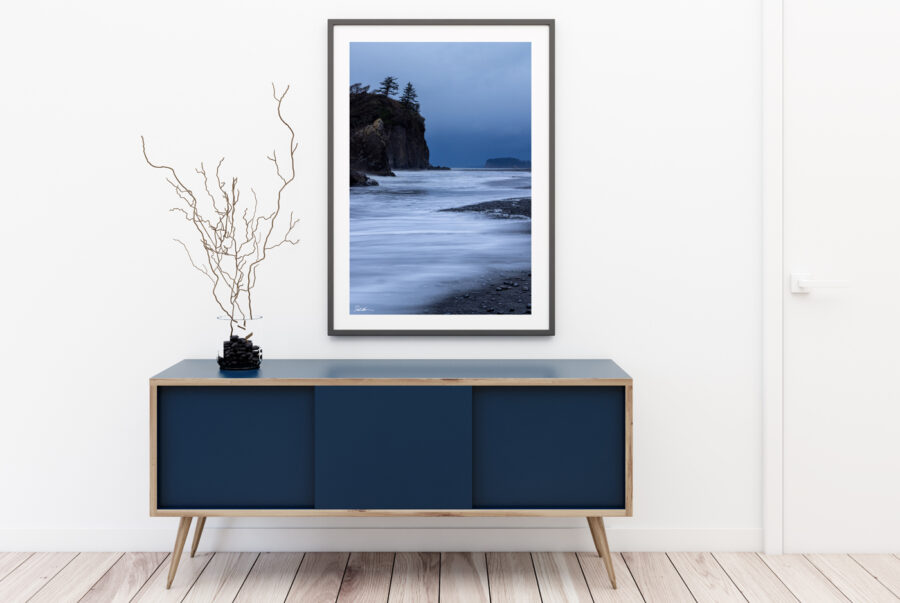
Extending 73 miles along the Pacific Ocean, Olympic’s coast, dotted by an abundance of sea stacks, tidal pools, moody beaches, offshore islands, and abundant marine life, is an ideal place to explore. One of the most popular locations, Ruby Beach, is an excellent place to catch the sunrise or sunset. Camping can be found up and down the coast in the state parks and the National Park. With all the interesting sea stacks and cliffs, the Olympic coast is ideal for landscape photography.
Photography Tips For Olympic National Park
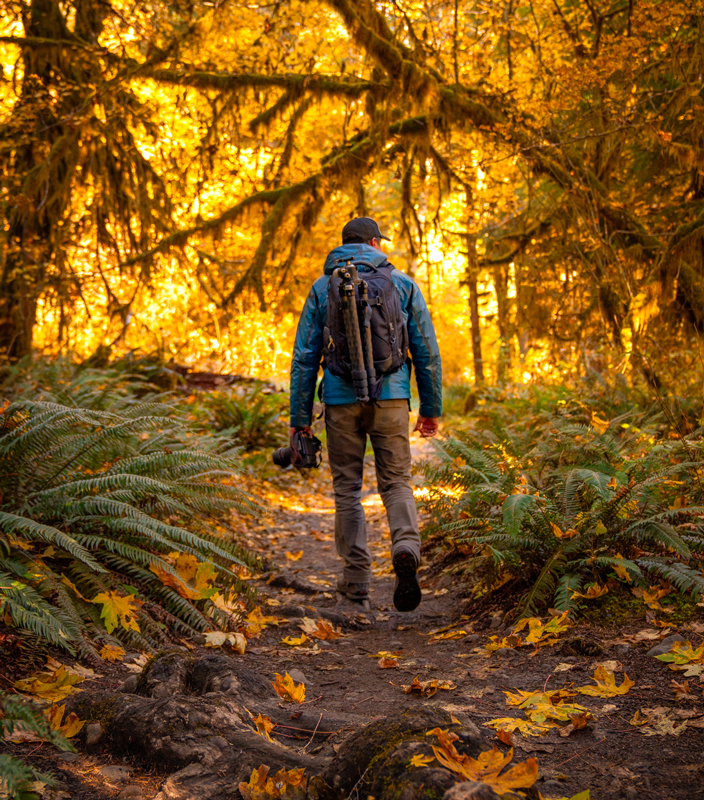
Olympic National Park is one of the most iconic locations for Pacific Northwest photography. It is not an easy place to shoot, though. As with nature or travel photography, one must research the location before arriving. Below are my must-have items for capturing usable images to eventually turn into limited-edition wall art for your collectors.
- Tripod – It goes without saying a sturdy tripod is a must-have for any serious landscape fine art photographer. In the Pacific Northwest, it is essential. This is a dark and moody place. Slow shutter speeds will be used more often than not. Long exposures will be used to capture flowing water on waterfalls or to simply capture the available light.
- Lens cloth – The one accessory I used more than any other was a lens cloth. With the amount of mist, rain, or waterfall splash in this place, I used a lens cloth to clean my lens before just about every quality shot. Bring several in case the one you have gets saturated.
- Camera water protection – Did I mention it rains a lot here? Obviously, I’m kidding, but seriously, having a system like Lens Coat on the camera will lower your anxiety about shooting in the rain and let you enjoy the experience. They make them in several sizes to cover all cameras and lens combinations.
Cannon Beach
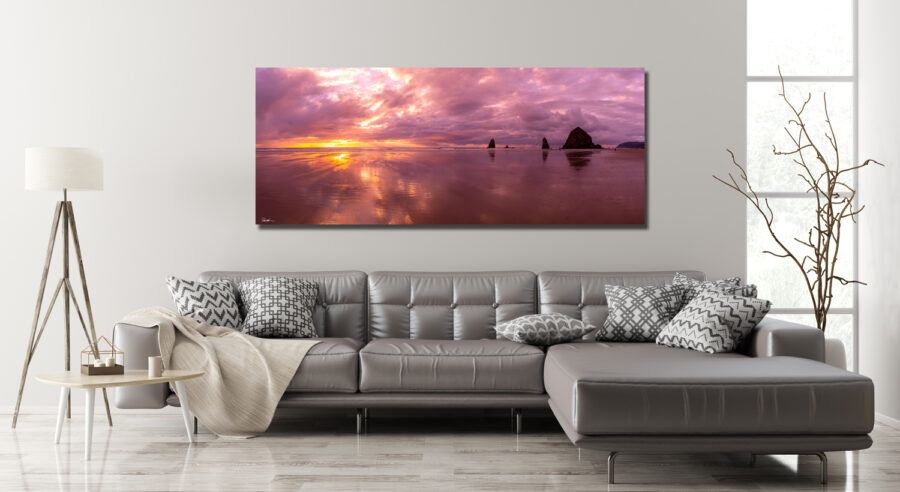
Moving down the Pacific away from the Seattle area to the Oregon Coast, Cannon Beach is the most popular tourist destination on Oregon’s shores. Long tidal planes surround the impressive sea stacks, creating unimaginable visual experiences. One of my favorite photos of Cannon Beach occurred just before the sun hit the horizon, casting soft glowing light across the beach.
Due to the long tides, sunsets get reflected off the sand, making near-mirror images of the sky. When the conditions are right, this is one of the most beautiful places on earth. For those who love The Goonies movie, this is the place for you. The movie’s opening scene was shot here, and the surrounding area is loaded with “Goonie” locations, including Astoria, where the film took place, a short drive away.
Columbia River Gorge Photography
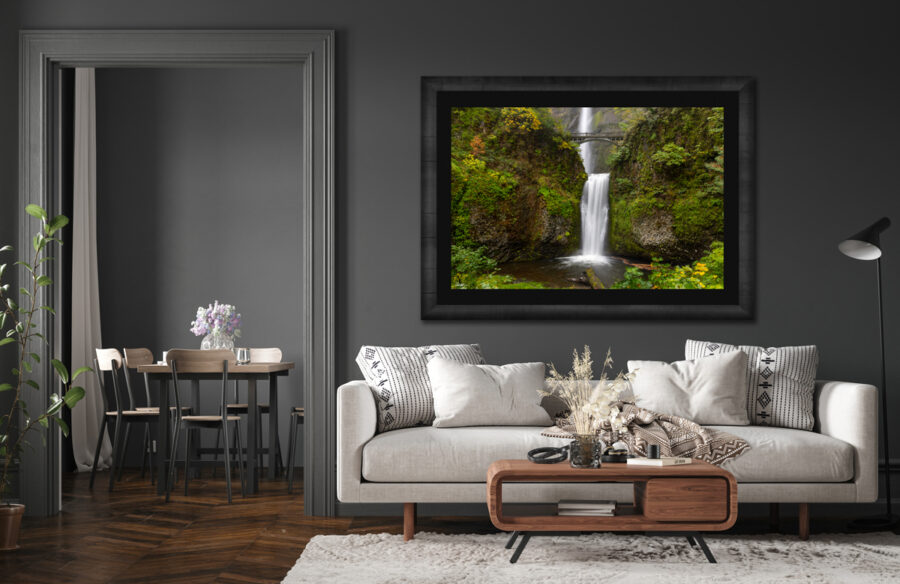
Extending east to west, forming a natural boundary between Oregon and Washington State, the Columbia River Gorge stretches for eighty miles. Grasslands and dry forests form at its eastern edge, receiving only between ten and fifteen inches of rain annually. In contrast, the western edge forms a temperate rainforest receiving between seventy-five and one hundred inches annually. Reaching 4,000 feet at some points down to sea level in others, the Columbia River Gorge is a haven for outdoor adventure. Towering waterfalls like the famous Multnomah Falls can be found throughout the region. On clear days, the towering Mount Hood acts as a great backdrop for nature photography images of the Cascade Range.
My best experience in this region was hiking through the Gifford Pinchot National Forest north of the Gorge. Because of its expansive area, one can find themselves alone in the forest, far away from people. With the growing popularity of the Pacific Northwest region, this is an ideal way to get lost in nature without disturbance.
Mount Rainier National Park
Located Southwest of the Seattle area, Mt. Rainier National Park is home to endless opportunities to explore. Mount Rainier is one of the most majestic mountains on the west coast of the United States. Its ever-present appearance over Seattle gives the city a unique backdrop. Standing 14,410 feet above sea level, the park’s mountainsides are used frequently by hikers, skiers, kayakers, and campers. Mount Rainier is actually an active volcano. As with any of the National Parks, it is best to stop at the ranger station before heading off into the wilderness for up-to-date safety advice.
Puget Sound Photography
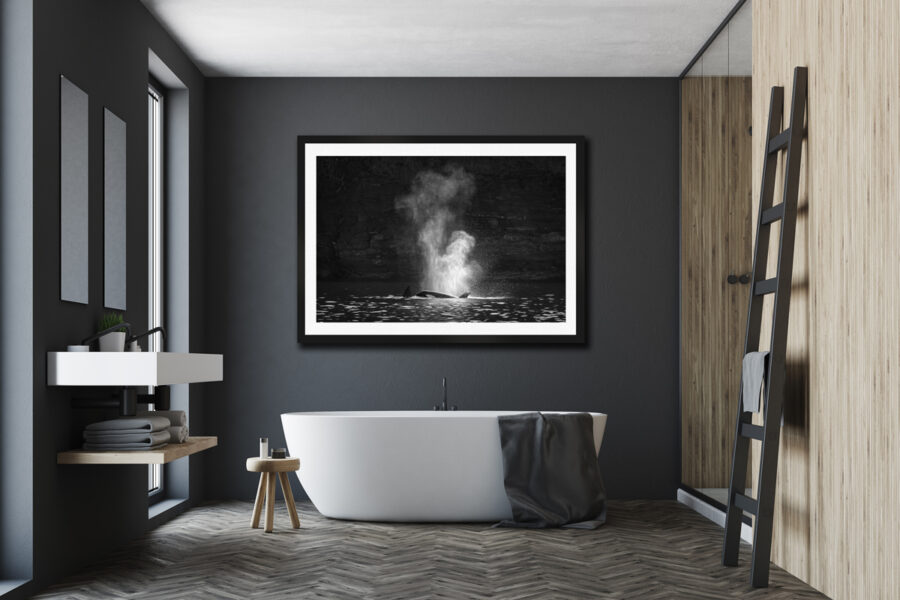
Stretching nearly 100 miles from North to South along the Seatle region, Puget Sound is a network of inlets, islands, and waterways. Carved long ago by glaciers with depths of 450 feet on average and a maximum depth of 930 feet. The Puget Sound has endless opportunities for capturing beautiful images. With Mount Rainier to the south and Mount Baker to the north, incredible seascapes with towering mountains in the background are easy to capture.
Inside these waters, thirteen whale species are found, including humpback and orca. Whidbey Island to the Sound’s North is an excellent spot for watching whales on land. Its long, slender shape and extensive coastline make it perfect for driving up and down the coast looking for marine life.
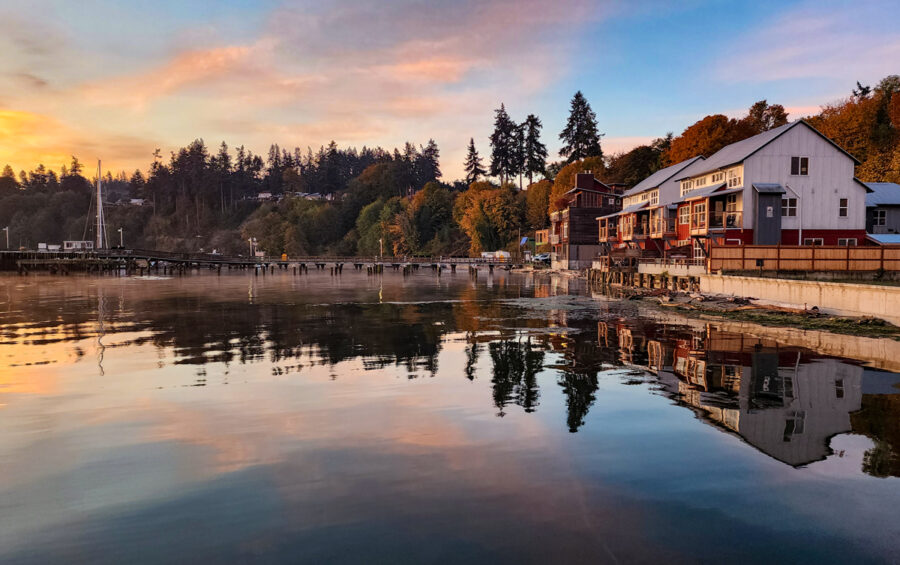
If you are looking for a quiet, beautiful place to stay, be sure to check out the Boatyard Inn in Langley. I could not have had a better stay. Waking up in the morning to the peaceful sounds of the ocean while watching the sunrise over the mountains was so spectacular. Sunsets are just as magical. Imagine the water sparkling with pink and blue hues as the distant mountains shift from pink to glowing reds. Combined with its location in town and surrounding natural beauty, I would 10/10 stay at the Boatyard Inn every time I came through the area.
San Juan Islands
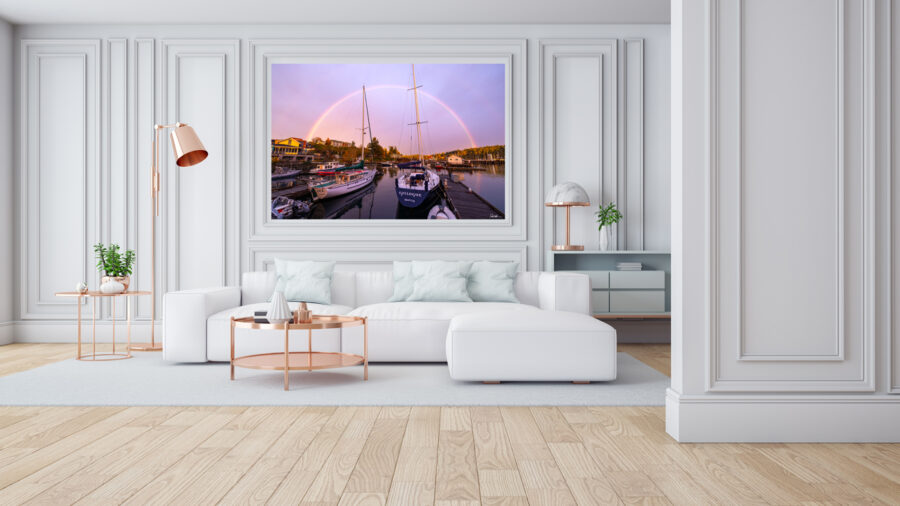
Located in the far northeastern portion of the lower 48 in the United States, the San Juan Islands are a beautiful chain of glacial carved islands home to wonderful marine animals and several charming towns. Popular during the summer months by vacationers, the San Juans are only accessible by boat or ferry.
Friday Harbor is the largest harbor and, in turn, the largest town in the San Juans. Whale-watching excursions can be booked from this harbor, but before you go, be sure to stop at The Center For Whale Research and the Whale Museum before heading out on the water to educate yourself about the state of marine life in the region. Standing on Lime Kiln Point State Park, looking across to Vancouver Island, British Columbia, provides a fantastic opportunity to see whales from shore.
South Beach San Juan Island
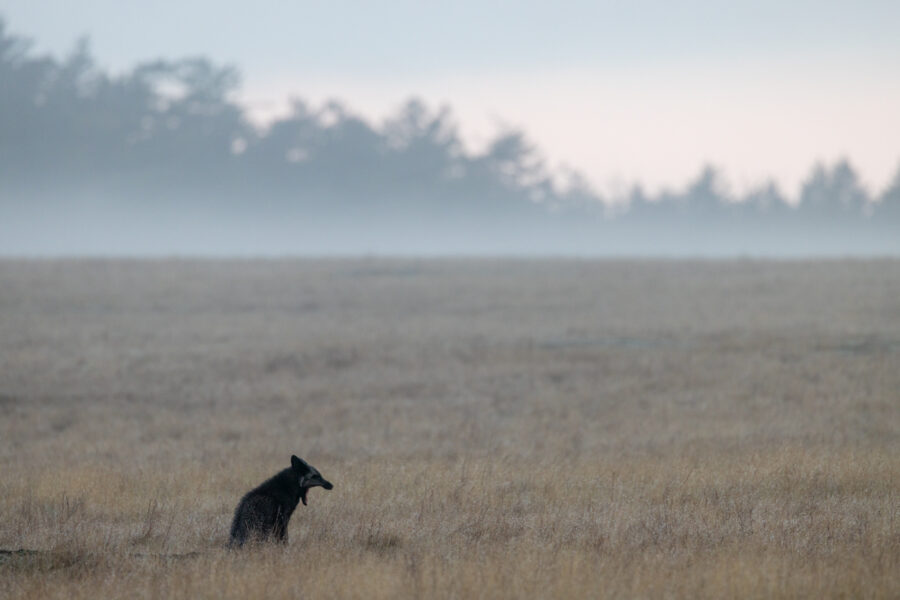
I spent several mornings here quietly watching the genetically mutated black fox of San Juan start their mornings. These adorable little creatures are actually a variety of red foxes. Likely brought here to control the rabbit population, also non-native, they have become a point of contention among local residents. Regardless, they are a blast to watch and photograph, bringing large tourist dollars to the island. I encourage you to spend a day around South Beach. The log-filled beach is a great place for a swim, whale watching, hiking, and picnicking.
Conservation Issues In The Pacific Northwest
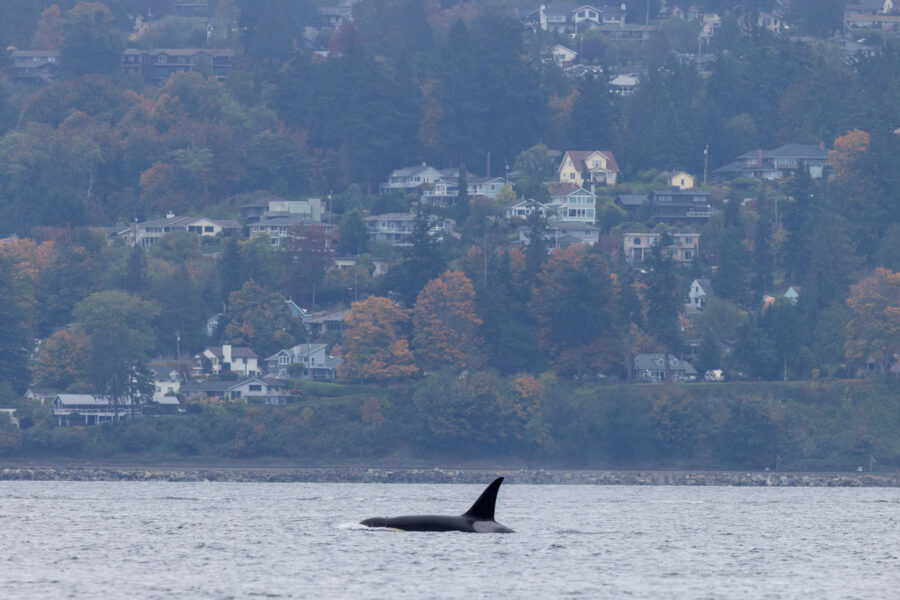
As a conservation-driven nature fine art photographer, I have to speak to the issues this region is facing. I spent five weeks filming a proof of concept for an upcoming documentary about the Southern Resident Killer Whales. This is an endangered population of orca who call the Salish Sea and Puget Sound home. During my time there, learning from Indigenous tribes, scientists, and locals, I gained an understanding of how bad things have become there.
The Pacific Northwest ecosystem is dying. Decades of overfishing, blocked river systems due to dams, increased boat traffic, and pollution caused by a skyrocketing population are wreaking havoc on the marine ecosystem. The issues are multifaceted and complex; therefore, the solutions are complicated. Nonetheless, they need to be addressed. Before visiting on vacation or a photography trip, I highly encourage you to educate yourself on these matters to minimize your impact on the region or learn how to get involved in the restoration.
There are few things more rewarding than falling in love with a region but leaving it in a better place than when you found it. Individuals can certainly make a huge difference, even if it is just picking up trash when they see it or participating in a community meeting.
Indigenous Tribes Of The Pacific Northwest
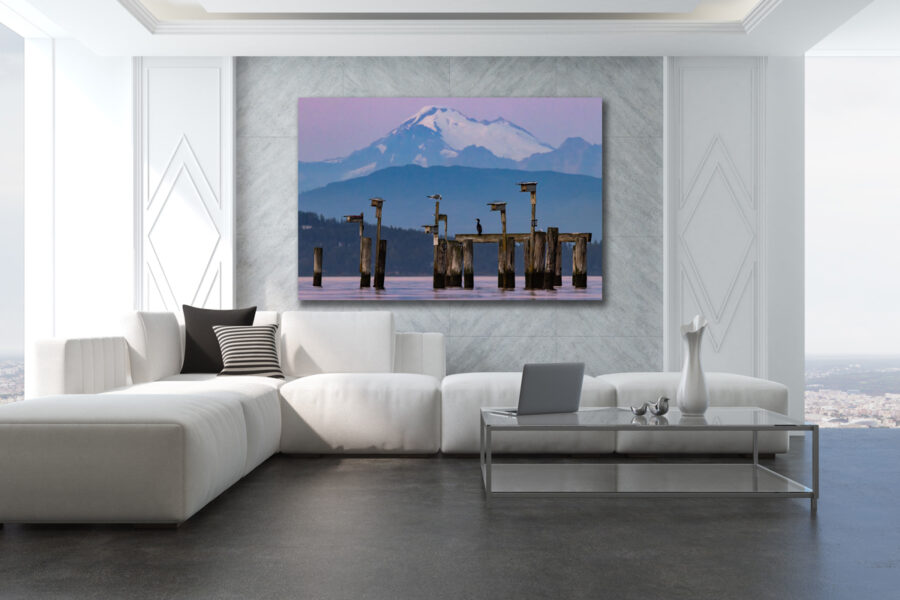
Along with learning deeply about the environment and its challenges in the Pacific Northwest over my weeks there, I also learned a great deal about the Indigenous Tribes who call this region home. From Alaska down into California, Indigenous Tribes have called this region home since time immimorial. Traveling by canoe and learning to live harmoniously with nature for thousands of years, these tribes have been stewards of this land since the beginning of human presence.
British, Spanish, Russian, and American presence in the region during the early times of occupation saw steep declines in tribal populations due to disease and conflict. What happened to these people at the hands of settlers and settler colonialism was and is atrocious. Treaties made and treaties broken. Forced to live on reservations and stripped of their way of life. Their experiences since contact has been woven with horrific trauma and deception; yet their histories and continued resiliency to build back thriving communities and lifeways is beautiful and prosperous; and their stories must to be told.
Today, Tribes are exercising their sovereignty and self-determination and re-establishing their presence in the region as authority and decision-makers, especially when it comes to the protection and fight for their treaty rights and inherent rights to the lands, waters, and resources that they call home. We must respect and honor their rights to this land, its waters, and the nature around us. This is a shared space now. We should take care of it as they did. As you read in the section earlier, we are not doing that.
I encourage you to visit the tribal reservations. Visit the cultural centers and museums. Learn about their histories and cultures, both past but more importantly, presently. They are still here! Only when we come from a place of openness, education, and understanding can we appreciate each other fully. These are proud people who love this land from which so many of us could learn something.
Pacific Northwest Fine Art Photography
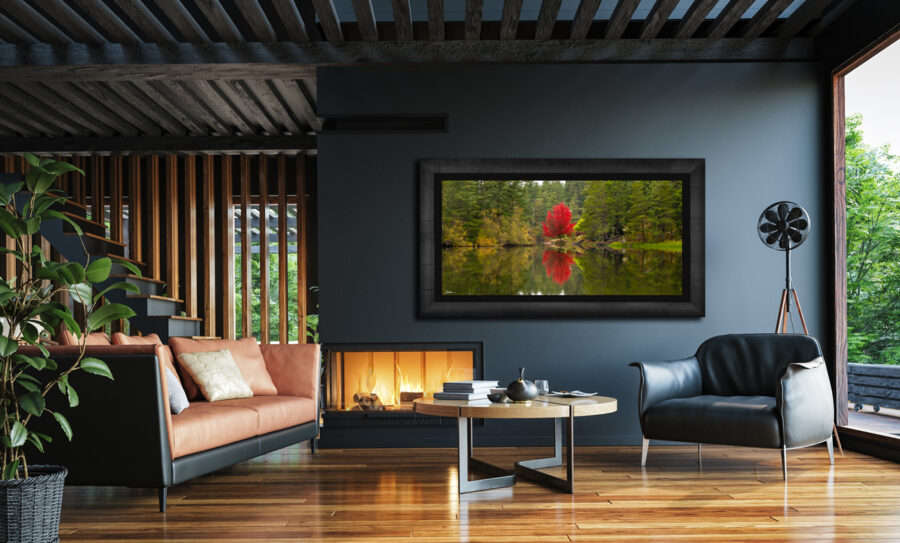
Fine Art Photography
In a previous popular article of mine on Chicago Fine Art Photography, I highlight the definition of “Fine Art” as defined by, photography created in line with the vision of the photographer as an artist, using photography as a medium for creative expression. The goal of fine-art photography is to express an idea, a message, or an emotion.”
I went on to say, “What is interesting is the subjective nature of the phrase “fine art photography.” Who defines what is and what is not fine art? Based on the definition, it sounds like it is the artist’s choice. I love that. Fine art photography can be landscapes, wildlife, cityscapes, portraits, abstracts, or a combination of the above. Does it express an idea, a message, or elicit an emotion? The longer I spend in the art field, the more I see storytelling’s importance. Let’s add…” Does it tell a story?” to the definition of fine art photography.”
Pacific Northwest Photography
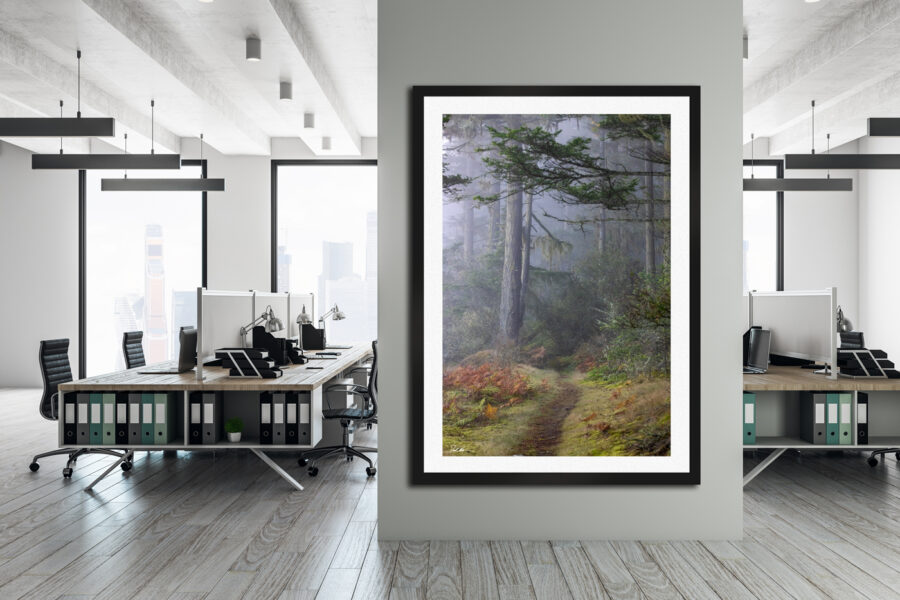
In a region so lush and full of endless opportunities to create, it pains me to see only a handful of the locations shot over and over again. I have seen it all too often. I get it; the Portland Japanese Garden is beautiful, and the famous Japanese Maple is the most famous tree in the world. But arriving every year to photograph it and convincing your collectors you are selling them a “limited-edition print,” only to go and photograph the exact same tree the following year seems unethical.
If you are looking for a local photographer to follow. Follow Art Wolfe. He is an incredibly talented nature photographer based out of Seattle. Go beyond this location. Climb the mountains. Breathe the fresh pine air. Walk the endless, moody coastline. This is where the real heart of the Pacific Northwest lies. Uncontained. Wild. Free.
Photography For Change
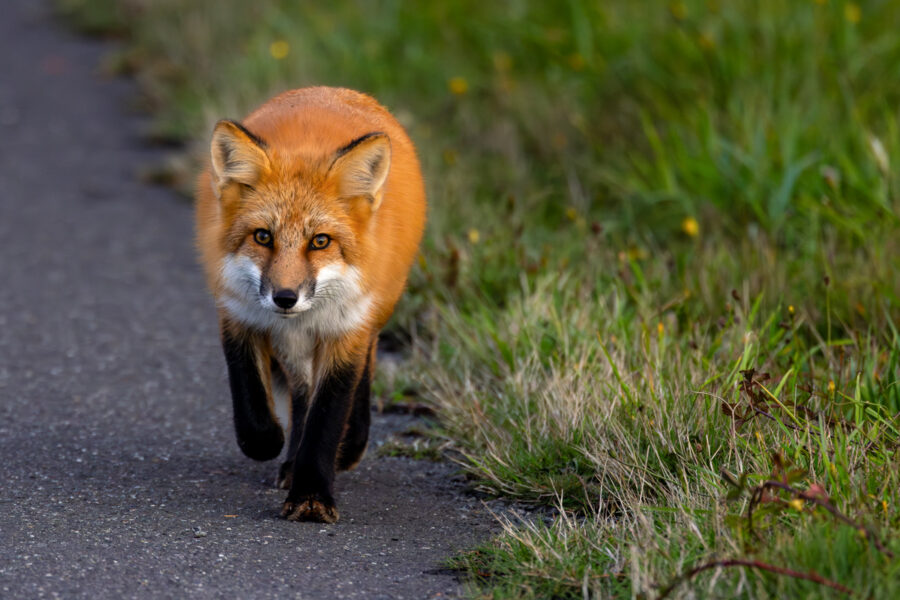
Join us for more insightful photography tips and travel advice. As a conservation-driven fine art photographer, I am on a mission to educate the public about what is actually happening to our planet. Images and storytelling play an important role in igniting the conversation. One of the best ways to become an ambassador to a location is to visit it, spend your tourist dollars, and fall deeply in love through your experiences. From there, share your stories with friends. Inspire them to live the same experience you have. Travel is the best education. What we see with our own eyes is reality. As you see in my previous article on Greece, I am forever an ambassador for the beauty of that wonderful country, its people, and its landscapes.
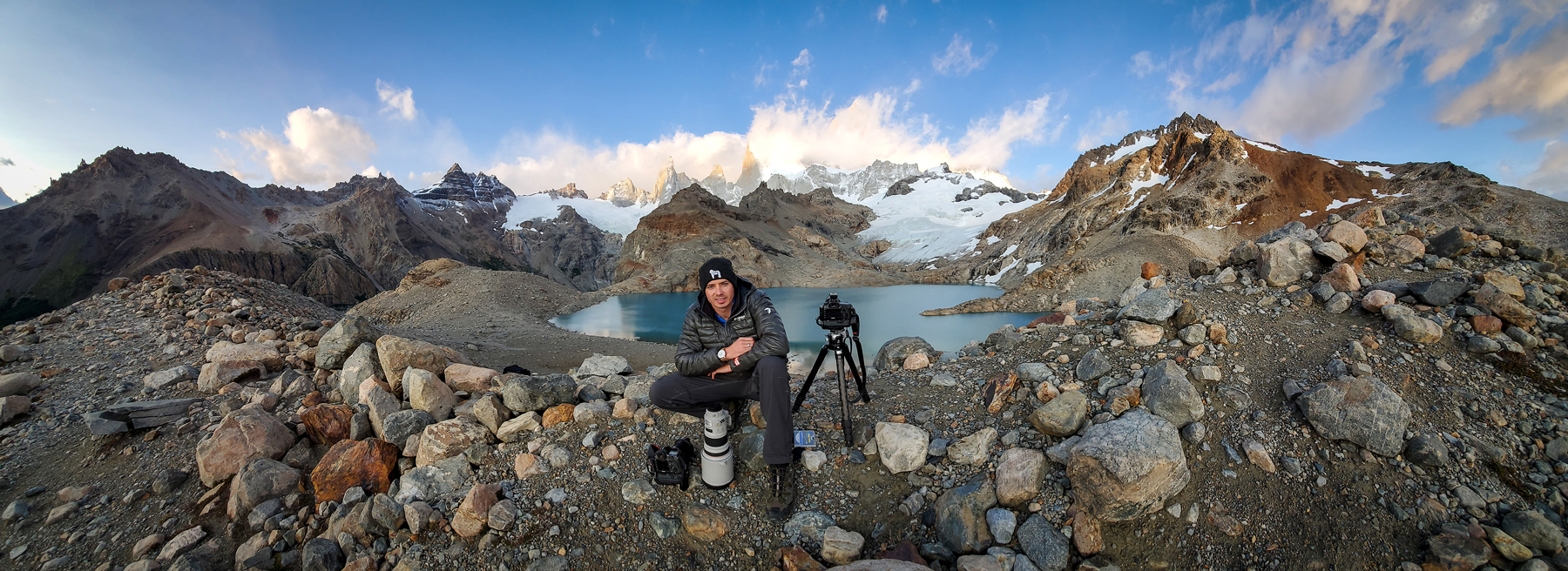
Hello! I'm Derek.
DEREK NIELSEN PHOTOGRAPHY RAISES AWARENESS ABOUT THE GLOBAL NEED FOR CONSERVATION THROUGH PHOTOGRAPHY AND DONATES UP TO 15% OF ALL SALES BACK TO ENVIRONMENTAL ORGANIZATIONS AROUND THE WORLD.
